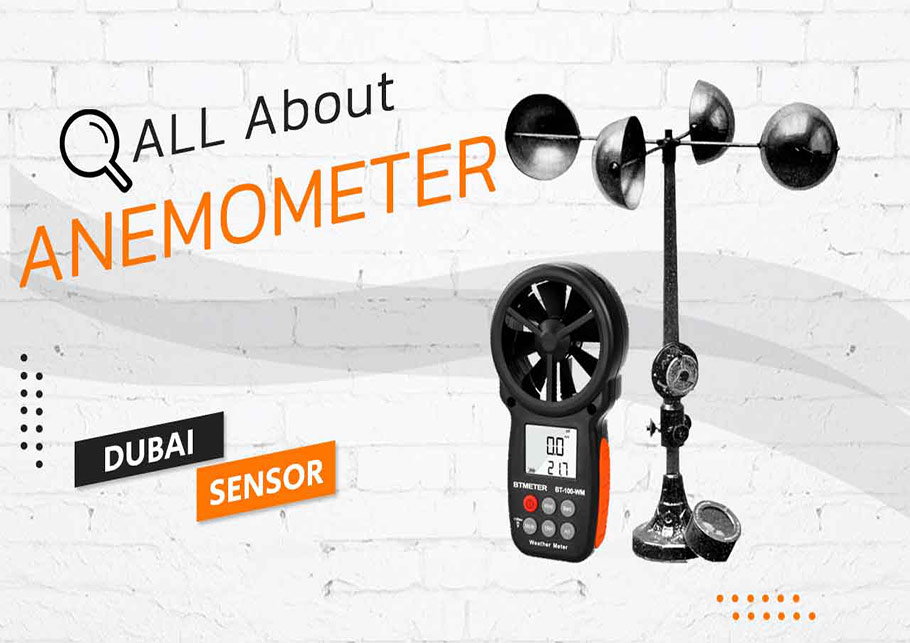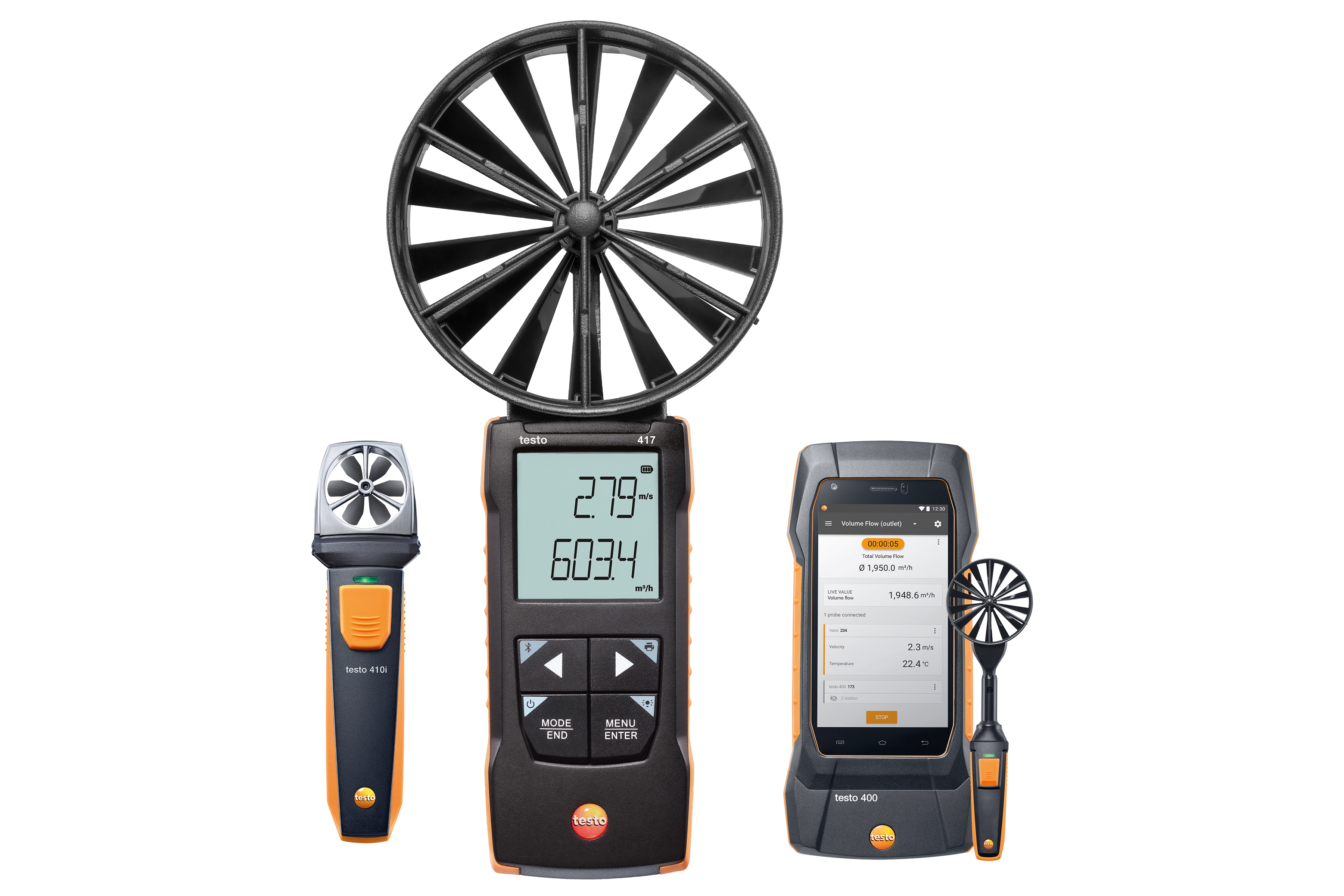The Function of an Anemometer in Improving Safety for Outdoor Activities
The Function of an Anemometer in Improving Safety for Outdoor Activities
Blog Article
Exploring the Features and Advantages of Anemometers for Weather Lovers and Experts
From mug anemometers to sonic anemometers, each type brings its distinct collection of applications and benefits, shedding light on numerous aspects of atmospheric problems. As we dive into the functions and advantages of anemometers, a much deeper understanding arises not just of dominating weather condition phenomena but also of the broader implications for markets like wind power manufacturing and environmental study.
Importance of Anemometers in Climate Surveillance
Anemometers play a vital function in climate monitoring by providing precise dimensions of wind speed, aiding in forecasting and understanding weather patterns. These tools, ranging from typical mug anemometers to modern ultrasonic anemometers, are important for meteorologists, researchers, and weather enthusiasts alike.

Kinds Of Anemometers and Their Applications
The most usual types of anemometers include mug anemometers, vane anemometers, hot-wire anemometers, and ultrasonic anemometers. Cup anemometers are composed of 3 or 4 mugs placed on horizontal arms that turn with the wind, measuring its speed. Vane anemometers, on the other hand, make use of a freely turning vane to straighten with the wind instructions, giving both wind rate and instructions measurements.
Each kind of anemometer has its distinct benefits and applications. Mug anemometers are robust and suitable for general climate monitoring, while vane anemometers are preferred for directional dimensions. Hot-wire anemometers are sensitive to reduced air rates, making them suitable for interior atmospheres. Ultrasonic anemometers are non-intrusive and use high accuracy, often made use of in research and specialized climate monitoring applications. Comprehending the characteristics and applications of each sort of anemometer is critical for picking the most ideal instrument for particular climate keeping track of requirements.
Advantages of Utilizing Anemometers in Projecting
In meteorology, the use of anemometers offers indispensable advantages for boosting the accuracy of weather condition forecasting. Anemometers measure wind rate and instructions, supplying critical data for anticipating climate patterns. By incorporating wind data into forecasting models, meteorologists can much better recognize the activity of weather condition systems, anticipate modifications in weather, and problem a lot more precise projections.
In addition, anemometers play a vital role in assessing potential climate threats. Keeping an eye on wind rates assists forecasters predict severe climate events such as typhoons, tornadoes, and wintertime storms with greater accuracy. This very early warning system enables authorities to issue prompt signals and apply necessary safety and security measures, reducing the dangers to life and property.
In addition, anemometers assist in enhancing renewable resource production. By assessing wind patterns, meteorologists can recognize ideal locations for wind ranches and anticipate energy outcome, contributing to the efficient generation of wind power.

Anemometers in Wind Energy Manufacturing
Offered the critical function anemometers play in providing exact wind data for weather forecasting and risk evaluation, their value reaches the realm of wind energy production. Anemometers are vital tools in the field of wind power, where the measurement of wind speed and instructions is critical for determining the feasibility and performance of wind turbine setups. By accurately measuring wind rates at differing elevations, anemometers aid maximize the positioning and design of wind generators to take full advantage of energy result.
In wind farms, anemometers are purposefully placed to accumulate real-time wind information that is used to examine the possible energy manufacturing of a site. This information is important in identifying the economic feasibility of wind energy tasks and in forecasting energy generation to make sure grid stability. Additionally, anemometers aid in keeping track of wind problems to enhance turbine performance, protect against damages from high winds, and ensure the safety of employees functioning in the location of wind turbines.
Enhancing Climate Recognizing With Anemometers

Anemometers play a crucial duty in enhancing our understanding of microclimates. These localized weather can vary dramatically from broader regional projections, making it necessary to have precise information for details locations. anemometer. By strategically placing anemometers in numerous locations, scientists can collect in-depth info on just how wind behaves in various surfaces, metropolitan settings, or bodies of water
Furthermore, anemometers add to improving weather forecasting versions by providing real-time information on wind habits. This information is particularly valuable for anticipating resource severe climate events, optimizing farming practices, and supporting markets like air travel and maritime navigating. On the whole, anemometers are indispensable tools that allow us to delve deeper right into the intricacies of weather systems, ultimately causing more precise forecasts and better-informed choices.
Conclusion
In conclusion, anemometers play a crucial role in climate monitoring and forecasting by measuring wind speed and direction. Anemometers also have applications in wind energy production, additional highlighting their value in both weather forecasting and renewable power markets.
From mug anemometers to sonic anemometers, each kind brings its Get the facts distinct collection of advantages and applications, dropping light on numerous elements of climatic More Help conditions. These tools, varying from traditional cup anemometers to modern-day ultrasonic anemometers, are vital for meteorologists, researchers, and weather enthusiasts alike. The most common kinds of anemometers include cup anemometers, vane anemometers, hot-wire anemometers, and ultrasonic anemometers. Mug anemometers are appropriate and durable for general climate tracking, while vane anemometers are preferred for directional measurements. Anemometers are essential tools in the field of wind power, where the measurement of wind rate and instructions is critical for figuring out the feasibility and efficiency of wind generator installments.
Report this page